When hosting a successful event, the staging setup is pivotal in making it a memorable and impactful experience. Whether you’re organising a festival, fashion show, conference, private party, or any other event, having the right stage, complete with platforms, legs, railings, and stairs, can significantly enhance the event’s overall quality and guest satisfaction. In this guide, we’ll delve into professional event staging equipment, exploring benefits, various setup options, and the essential considerations for a safe and visually stunning event.
Events that benefit from professional event staging equipment
The choice of staging setup depends on the type of event you’re hosting. Here’s a list of events that can significantly benefit from having a well-designed stage:
- Festivals and concerts – Main stage, backstage access, disabled or viewing platforms.
- Fashion shows – Catwalks for models to strut their stuff.
- Conferences – Elevated stages for keynote speakers and panel discussions.
- Product launches – To spotlight new products and innovations.
- Sporting events – Platforms for medal ceremonies and presentations.
- Private parties – Create a focal point for entertainment and speeches.
- Award shows – Ideal for honouring achievements and celebrating excellence.
- Wedding receptions – Elevate the bride and groom and create a stunning backdrop.
- Corporate events – Presentations and product showcases look more professional.
- Graduations – Provide a dignified platform for students to receive their diplomas.
Benefits of professional event staging equipment
Staging isn’t just about elevating your performers; it’s about elevating the entire event experience. Here’s how professional event staging equipment can make your event more memorable and impactful.
- Improved viewing experience: Elevated performers and speakers ensure all attendees have a clear line of sight, making it possible for everyone to fully engage with the event.
- Focal point: The stage becomes the centre of attention, drawing the audience’s gaze and enhancing the event’s overall appeal.
- Enhanced performer interaction: A stage provides performers and presenters with a designated space to move and connect with the audience effectively.
- Professional appearance: Staging imparts a polished and professional look to the event, suitable for corporate gatherings and product launches.
- Space division: Staging can be used to establish restricted areas, separating performers and presenters from attendees for added safety and control.
Stage layout considerations
Selecting the proper stage layout is crucial to ensure your audience enjoys the best possible experience. Key factors to consider include:
- Audience perspective: The audience’s viewing experience should be a primary consideration. What layout maximises their line of vision?
- Venue limitations: Space limitations at your chosen venue may affect the type of stage and its size.
- Stage height: The height of the stage should be appropriate for the event. For intimate gatherings, a lower stage is more suitable, while concerts may require a higher platform.
- For a better visual understanding of how your chosen stage layout will appear at your event, inquire about 3D visualisation drawings from a professional staging provider.
Modular staging: Versatile and convenient
Modular staging is an excellent choice for event organisers, offering flexibility and adaptability. Here’s why it’s a popular option.
- Versatility: You can adjust the height, size, and shape of the stage to suit your event’s specific needs.
- Indoor and outdoor use: Modular staging is suitable for indoor and outdoor events, making it a versatile choice.
- Portability: It’s easy to set up and take down, and it can be customised and decorated to match your event’s theme.
Considerations when building a stage
When building a stage for your event, several crucial considerations come into play.
Health and safety
Safety should be the top priority when setting up staging. When building your stage with professional event staging equipment, ensure you take the necessary precautions to ensure safe and secure staging, addressing potential risks like falls, trip hazards, and heavy equipment. A comprehensive risk assessment is essential.
Stage decoration and design
Think about how you plan to decorate your stage. Consider elements like lecterns for speakers, backdrops or banners to showcase branding or logos, and lighting to create a visually captivating atmosphere. A well-designed stage can set the tone for your event before it even begins.
Audio-visual equipment (AV) for the stage
In addition to stage furniture, don’t forget the importance of audio-visual equipment. Lighting can bring the stage to life and direct the audience’s attention, while screens or LED walls can transform a stage from mundane to exciting. You might need trussing to support hanging lighting, sound, video, or signage.
Contact StageOne for details
A stage is not just a platform for performers; it elevates experiences. By choosing the right professional event staging equipment, considering the audience’s perspective, and focusing on safety, design, and AV requirements, you can raise your event to new heights.
Contact us today for more information about our professional event staging equipment range, to become a reseller, or to find a retailer.
